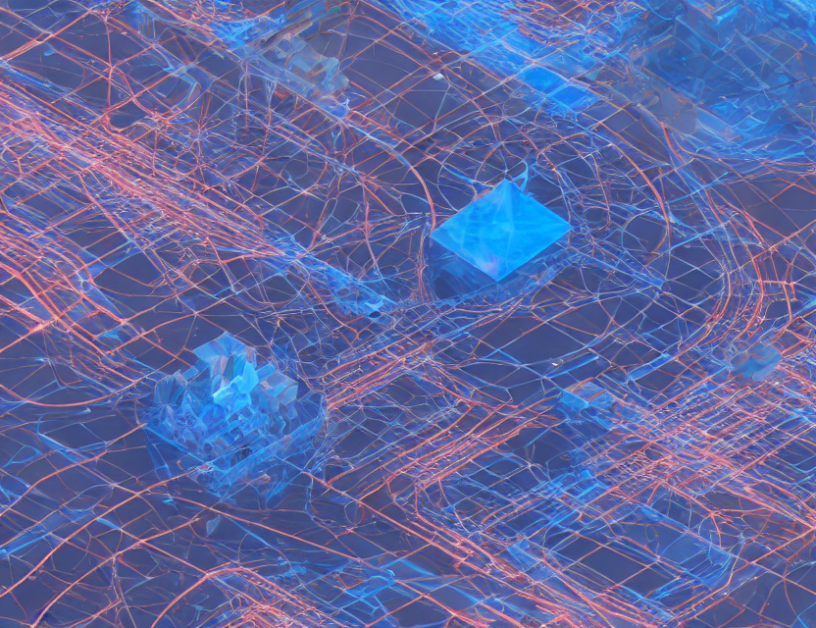Data augmentation is a technique used to improve the performance of Convolutional Neural Networks (CNNs) by generating new images that preserve the features and contents of the original data. This is done by applying various random transformations or modifications to the original images, such as flipping, rotating, or adjusting contrast. By doing so, data augmentation helps prevent overfitting in the training process, allowing the CNNs to learn semantic content better.
CNNs consist of convolutional layers, pooling layers, flattened layers, and activation functions. The activation function for convolutional layers is typically Rectified Linear Unit (ReLU). Data augmentation works as a regularization method, similar to adding noise to the original data, but in a controlled manner. This helps to ensure that the CNNs learn useful features and avoid overfitting.
Several commonly adopted data augmentation methods are used in CNNs, including random flipping, rotation, and contrast adjustment. These methods are implemented using TensorFlow Keras layers. By applying these transformations to the training data, data augmentation helps improve the performance of CNNs, especially when the training data is limited.
In summary, data augmentation is a useful technique for improving the performance of CNNs by generating new images that preserve the features and contents of the original data. This helps prevent overfitting and allows the CNNs to learn semantic content better. By applying various random transformations or modifications to the original images, data augmentation works as a regularization method, similar to adding noise to the original data, but in a controlled manner.
Improving CNN Performance with Data Augmentation: A Quantum Mechanics Perspective



